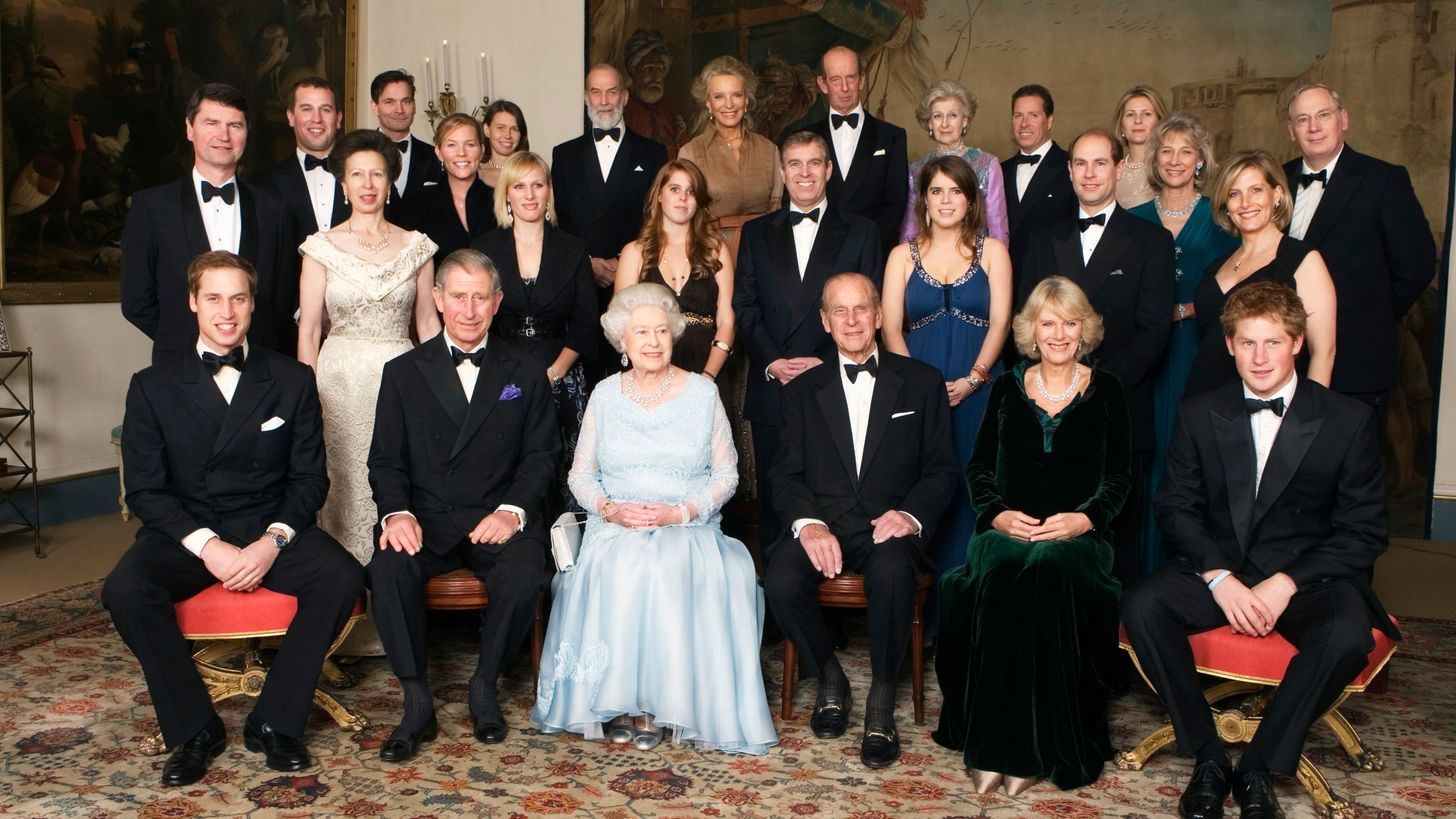
The British royal family has had quite a year or two recently, but in the grand scheme of royal traditions and tussles, it's pretty lightweight to only have to deal with a rogue former senior member and his probably angry brother.
Historically, crowns and the people who wear and inherit them have caused quite a few messy, and often bloody, situations. Here are seven other royal families who found themselves in much stickier spots than Queen Elizabeth and company.
Cleopatra and the Ptolemaic Dynasty
Cleopatra and her entire family were kind of a mess. While many people know how Cleopatra died, not as many people know how she rose to prominence in the first place.
Cleopatra was supposed to marry her brother, Ptolemy XIII, after he inherited the throne. If that surprises you, keep in mind that keeping it in the family was how royalty, well, kept it in the family. But Ptolemy and Cleopatra didn't really fit well together, and he had her removed from the family.
To fight this, she turned to Julius Caesar for help. The rest, as they say, is history.
Ramesses III, Tiye, and Pentaweret
In 1156 BC, Ramesses III found himself in a tight spot. It seems that one of his wives, Tiye, thought their son Pentaweret should be heir to the throne instead of the eldest son from another wife — and Tiye was prepared to do anything to make it happen. Ramesses III died suddenly that same year, and in the aftermath, nearly 20 people, including Tiye and Pentaweret, were sentenced to death.
Wanli Emperor and His Sons
Emperor Wanli was the 13th emperor in the Ming Dynasty. He had relationships with several women and naturally had his favorites of that group. One of his favorites was said to be Lady Zheng, and Wanli hoped that one of their sons would succeed him as emperor. Unfortunately, the men who acted as his ministers refused, and Wanli's son with Lady Wang was declared the successor to the emperor instead.
In rebuke, Wanli decided to stop working … completely. For 20 years, he did basically nothing. Historians have since attributed the collapse of the Ming Dynasty to that choice.
William the Conqueror
Here's a British royal family for you! William the Conqueror was the first Norman king of England, and he had four sons. You can probably see where this is going, but let's pretend not.
One of William's sons died young, which meant that it was up to William to split his kingdom among the remaining three. Robert was given Normandy, William inherited the throne of England, and the youngest son, Henry, apparently didn't get much — until William died and Henry claimed the throne three days later. When Robert came into town to claim the throne himself, Henry ended up winning, then went on to claim Normandy and to keep Robert locked up in prison for the rest of his life.
King Huayna Capac
When Inca King Huayna Capac died in 1527, his kingdom was left to (you guessed it) two sons, Atahualpa and Huáscar. They tried ruling together at first, but it didn't really work out, and civil war inevitably broke out. Atahualpa was pulling ahead when the Spanish arrived and captured him, but he managed to send a message: kill Huáscar. His people followed through, but Atahualpa himself was killed only a year later by the Spanish.
Philip II of Macedon
Philip II of Macedon had a common royal situation: so many wives, so many children who wanted to inherit the throne. It turns out that one of his wives, Olympias, was definitely a plotter, and so was her son, Alexander.
Rumor has it that Alexander made sure potential rivals were stopped in their tracks — permanently — before they could become a royal threat.
Things didn't work out in the long run for Alexander or his mother, and both died deaths that most of us wouldn't wish on our worst enemies.
Richard III
So, Richard III was never actually meant to take the throne. When King Edward IV died, his oldest son was only 12, and Richard III was designated as the protector of the young heir and his brother. Surprise, surprise, the two boys were sent to the Tower of London after around two months, and no one ever saw them again.
Meanwhile, Richard III died two years later, and no one ever solved the mystery of what really happened to the would-be king and his brother.




